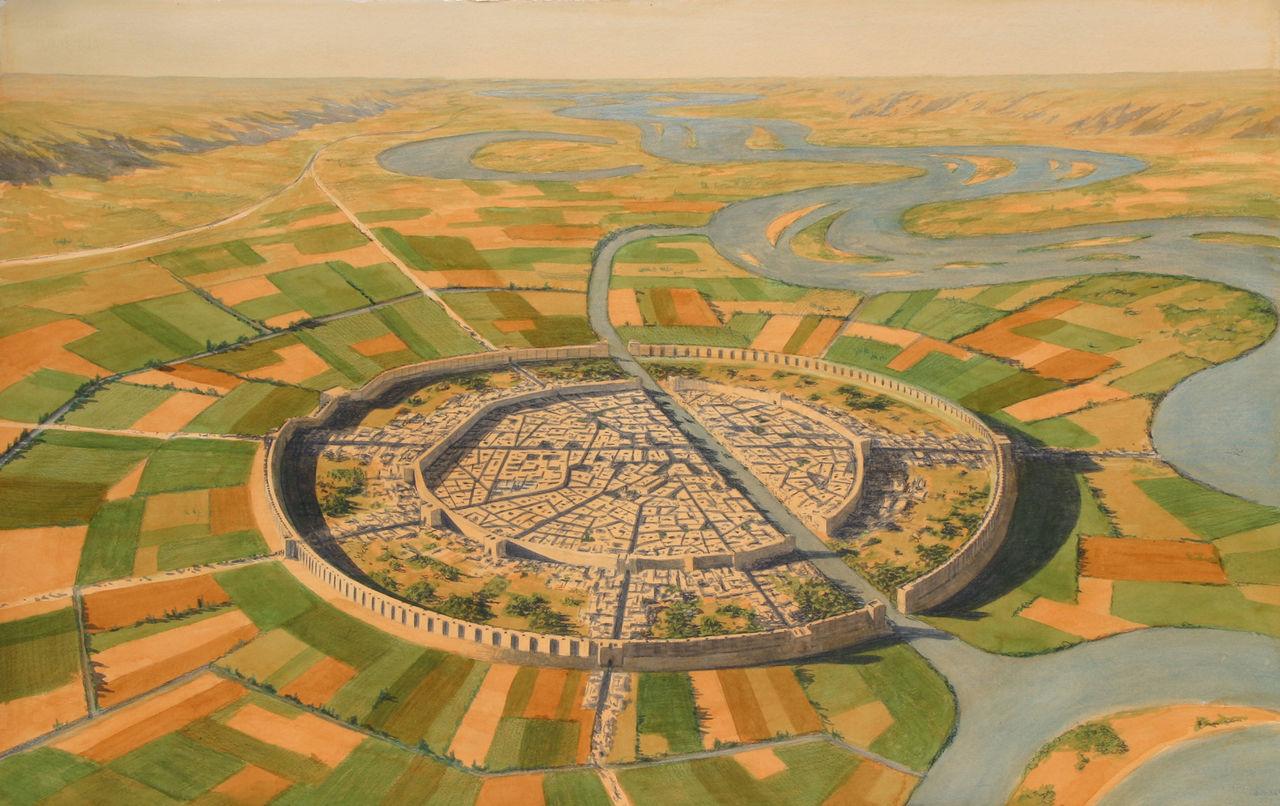City-states in Mesopotamia represent a unique and significant chapter in the annals of human civilization. Nestled between the Tigris and Euphrates rivers, this ancient region is often referred to as the "Cradle of Civilization." The emergence of city-states marked a pivotal transition from nomadic lifestyles to settled communities, allowing for the development of complex societies. Each city-state operated independently, with its own governance, culture, and religion, making them both unique and interconnected in various ways.
As we delve deeper into the city-states of Mesopotamia, we uncover a rich tapestry of innovation, trade, and cultural exchange. These bustling urban centers were not only hubs of economic activity but also centers of knowledge and artistic expression. The achievements of these city-states laid the groundwork for many aspects of modern civilization, including legal systems, writing, and urban planning. Understanding the dynamics of these city-states provides crucial insights into how early human societies organized themselves and interacted with one another.
In this article, we will explore the various aspects of city-states in Mesopotamia, including their origins, social structures, and cultural contributions. We will also examine key city-states such as Ur, Uruk, and Babylon, each of which played a vital role in shaping the history of the region. Join us as we unravel the complexities and legacies of these remarkable ancient urban centers.
What Were the Key Characteristics of City States in Mesopotamia?
The city-states in Mesopotamia were characterized by several distinct features:
- Independence: Each city-state functioned autonomously, with its own government and laws.
- Urban Centers: They were built around a central city, which served as a political, religious, and economic hub.
- Social Hierarchies: A distinct class structure emerged, including rulers, priests, artisans, and farmers.
- Religion: Each city-state had its own patron deity and constructed monumental temples to honor them.
- Trade Networks: City-states engaged in extensive trade, facilitating cultural and economic exchanges.
How Did Geography Influence City States in Mesopotamia?
The geography of Mesopotamia played a crucial role in the development of its city-states:
- Fertile Land: The alluvial plains provided rich soil for agriculture, supporting large populations.
- Water Supply: The Tigris and Euphrates rivers offered irrigation opportunities for farming.
- Trade Routes: The rivers and proximity to trade routes facilitated commerce and cultural exchange.
What Role Did Religion Play in Mesopotamian City States?
Religion was integral to the identity of each city-state, influencing governance, culture, and daily life:
- Deities: Each city-state had its own patron god or goddess, often linked to natural elements.
- Temples: Massive ziggurats served as religious centers and symbols of civic pride.
- Priestly Authority: Priests held significant power, often acting as intermediaries between the gods and the people.
Which City States Were Most Prominent in Mesopotamia?
Several city-states emerged as prominent centers of power and culture:
- Ur: Known for its advanced urban planning and monumental architecture.
- Uruk: Often credited with the invention of writing and one of the largest city-states of its time.
- Babylon: Famous for its hanging gardens and as a center of trade and culture.
How Did Trade and Economy Function in Mesopotamian City States?
The economy of city-states in Mesopotamia was diverse and sophisticated:
- Agriculture: The backbone of the economy, with surplus crops supporting trade.
- Craftsmanship: Skilled artisans produced goods such as pottery, textiles, and metalwork.
- Trade Networks: City-states engaged in trade with neighboring regions, exchanging goods and ideas.
What Innovations Emerged from Mesopotamian City States?
City-states in Mesopotamia were hotbeds of innovation that shaped future civilizations:
- Writing Systems: The development of cuneiform writing revolutionized record-keeping and communication.
- Legal Codes: The establishment of laws, notably the Code of Hammurabi, laid the foundation for governance.
- Mathematics and Astronomy: Mesopotamians made significant advancements in these fields, influencing future generations.
How Did City States in Mesopotamia Decline?
The decline of city-states in Mesopotamia can be attributed to several factors:
- Invasions: Foreign invasions disrupted stability and weakened city-state power.
- Environmental Changes: Changes in climate and river patterns affected agriculture.
- Internal Conflicts: Rivalries between city-states often led to warfare and instability.
What Legacy Did City States in Mesopotamia Leave Behind?
The legacy of Mesopotamian city-states is profound and far-reaching:
- Influence on Governance: Concepts of law and governance from these city-states continue to impact modern systems.
- Cultural Contributions: Literature, art, and scientific knowledge from this era laid the groundwork for future civilizations.
- Urban Development: The urban planning and infrastructure established by these city-states still inform contemporary city design.
In conclusion, the city states in Mesopotamia offer a captivating glimpse into the early complexities of human civilization. Their contributions to governance, culture, and economy remain influential to this day, reminding us of the rich heritage that shaped our world. Studying these ancient urban centers not only enhances our understanding of history but also sheds light on the enduring human spirit of innovation and community.
Unraveling The Meaning Of Hear No Evil See No Evil Speak No Evil
Understanding The Ideal Endometrial Thickness For IVF Success
Understanding The Normal Respiration Rate For Infants: A Comprehensive Guide


